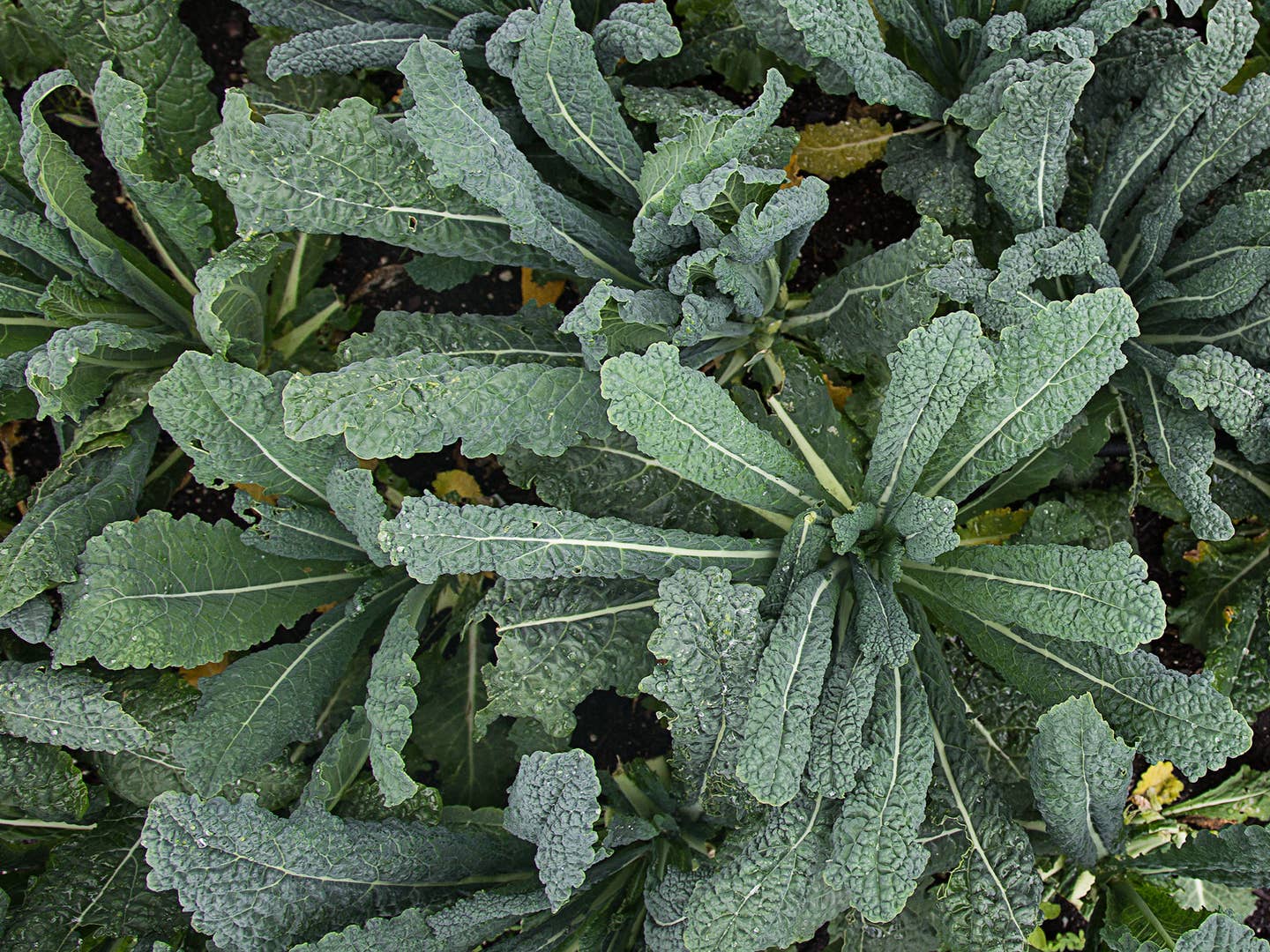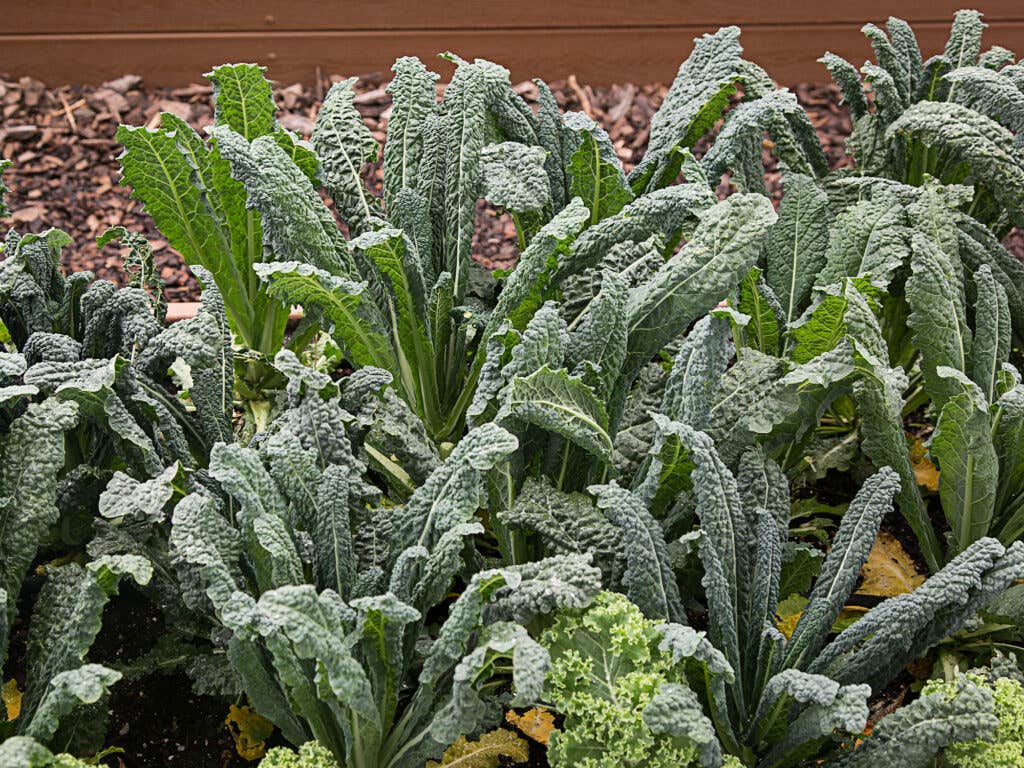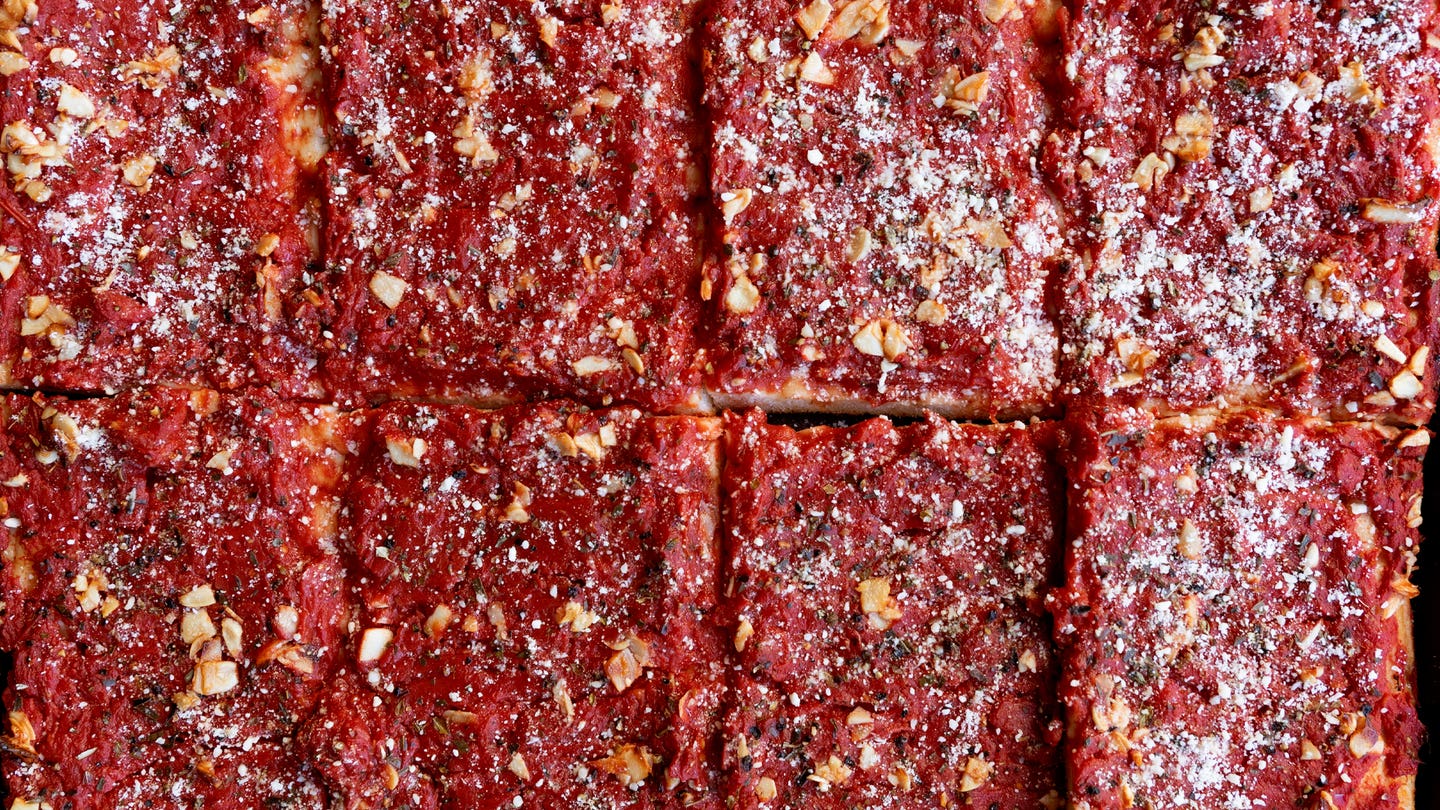
Building a Garden: Getting the Most from Your Kale
How to pick your greens—plus tips for keeping them healthy

The best kale comes to those who wait, according to Shawn Connell of GrowNYC, who is taking me around the organization’s teaching garden on Governors Island in New York City.
Shawn grows two kinds—lacinato (or dinosaur, or cavolo nero) and winterbor (the curly, they-use-it-at-the-diner-for-garnish kind)—and both play a vicious psychological game with their growers. See those beautiful green leaves? Well, you could pluck them today and have a great salad, with just a simple vinaigrette and a little massage to soften them. Or, you could wait until tomorrow and the leaves will be EVEN BIGGER!
What’s a gardener to do?
Shawn admits to the benefits of postponed gratification, but sometimes you just have to harvest that kale RIGHT NOW. So what he does is start with the lowest, outermost leaves, only taking a few at a time from each plant. According to Shawn, kale is more of a spring and fall plant, so it's best to be picking it soon—as the summer gets hot, the leaves will get more bitter and the plant will want to bolt. But the best part about kale is that you can grow it twice: plant it early and pick it now, then plant it again about 8 weeks before the first frost date in the fall; you'll get a whole new late summer harvest.
As Shawn shows me his vibrant kale bed, I notice several Swiss cheese-looking leaves in there. I ask him about it and he sighs: “Bugs.”
Here's the deal with bugs: There's not much you can do to get rid of them when you are growing your own vegetables, because you don't want to be eating food that you've sprayed with crazy petro-chemicals. So what Shawn recommends is spraying your kale with a mixture of mostly water with some regular dish soap. The bugs don't like it, and it also makes the leaves a little slick so they can't stick to them.
I notice one poor kale plant with a white-looking mold on the tips of its leaves. It looks sad and brittle. Shawn says it probably has a disease, but he doesn’t seem too concerned about it.
Diseases happen in gardening—plants get sick. If this happens to your kale, just rip out the bad-looking leaves and see what happens. One sad plant doesn't necessarily mean your whole bed is contaminated. Just be vigilant in getting rid of those rotten (proverbial) apples.
Shawn grows kale because he loves its flavor, and I whole-heartedly agree.
Keep Reading
Continue to Next Story










